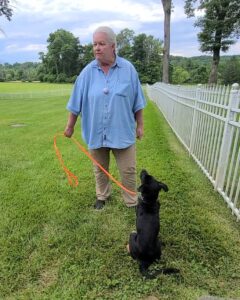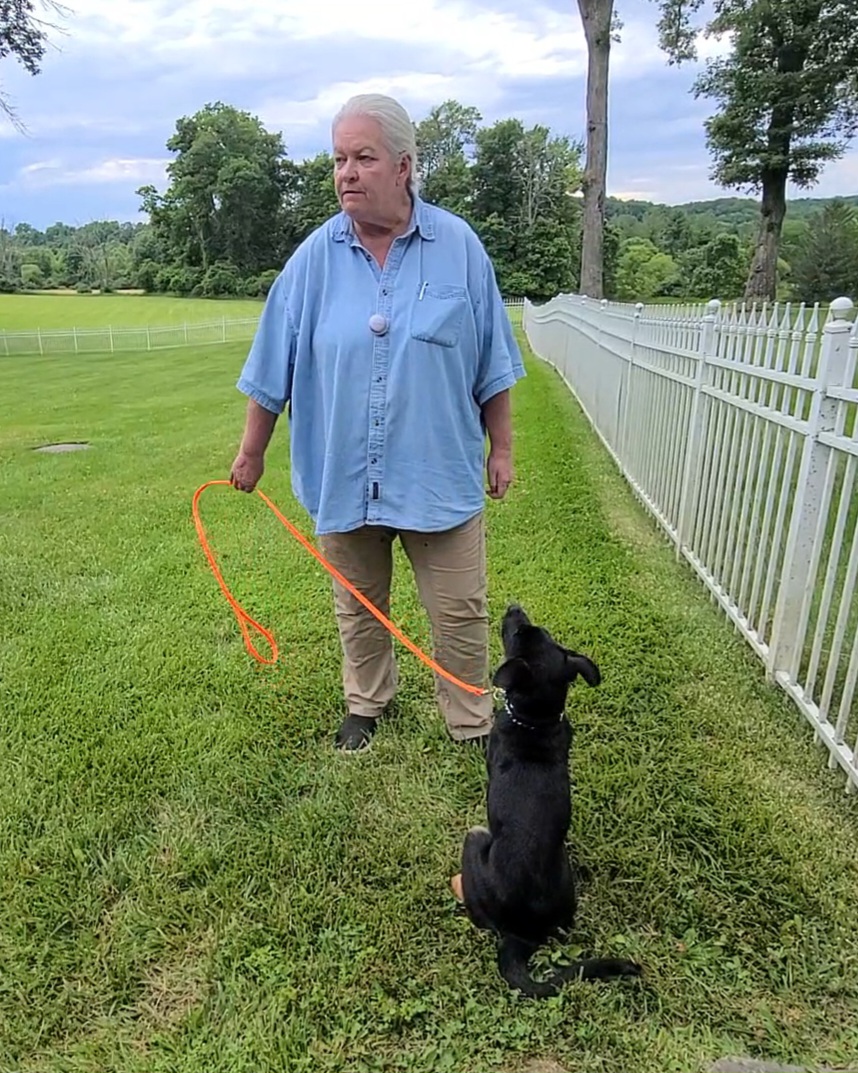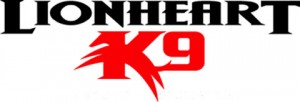I have written about quiet hands a lot. Our primary communication with a dog is transmitted through the leash and it’s important to understand the mechanics of leash handling.
The way we handle the leash tells our dog that what it’s doing is either right or wrong.
Quick hands that snatch at the leash communicate uncertainty and distrust. The dog registers that and learns how to tune out the handler. Resistant hands that don’t allow for the absence of leash pressure teach a dog to oppose us, as they struggle to escape the constant pressure.
Hands that are used as placeholders on a leash serve no purpose whatsoever. They are just the conveyance that attaches dog to handler.
I have always borrowed a lot from horsemanship. Although not a horseman, as an animal trainer and handler, I share a lot of similarities with horse trainers, not just in philosophies, but in the understanding of how to apply aids the horse registers as a cue to move. I don’t ride. I did very briefly as a youngster, but soon realized I would need an extravagant income to pursue it to the degree I wanted to, and by the time I was 10, I had already outgrown any hope of being a jockey.
But anyway…
Pressure is universal. All living things respond to it in the most subtle of ways. Heat drives us indoors to air conditioning. Our peers drive us to improve. Physical force drives us to move towards or away from pressure.
‘Contact’ is the term used to describe the sensation of the line drawn from the horse’s mouth through the rider’s hand, by reins.
The leash is the same. As I have said many times, it is a conduit for information that flows both ways. If the dog is heavy on the leash, it’s generally trying to escape pressure. If the dog is light on the leash, it has experienced the pressure and practices avoiding it.
Dogfolk use collars to leverage control over their dogs, as riders use different bits. Where horsemen rely on reins, dog trainers use a leash and collar, but the basic principle of establishing quiet hands remain the same.
Learning how to control our hands is like learning how to control our mouths. We need to force them to be quiet. It’s not enough to make them stop moving, we must train our hands to remain still.
Humans are fidgeters. Constantly snapping their wrists, twiddling their fingers and talking with their hands.
Now put a leash in them.
Now think of what the dog is feeling.
It requires a conscious effort to maintain quiet hands. It requires practice to not snatch at the leash and misdirect your dog, and it takes a lifetime commitment to learn that the *absence* of pressure is equal to or greater than in importance, to the *presence* of pressure.
If light contact leads to restrictive or punitive pressure, it becomes a signal to the dog that change is required to relieve pressure.
If that relief never comes, the dog has no way of knowing how to escape it; how to be ‘right’. Having quiet hands on the leash enables the handler to control their dog tactfully, efficiently, and without being perceived as a bully.
Dogs are very tactile. Developing quiet hands is a superpower.
Handling a leash haphazardly is a surefire way to teach your dog to ignore you.


